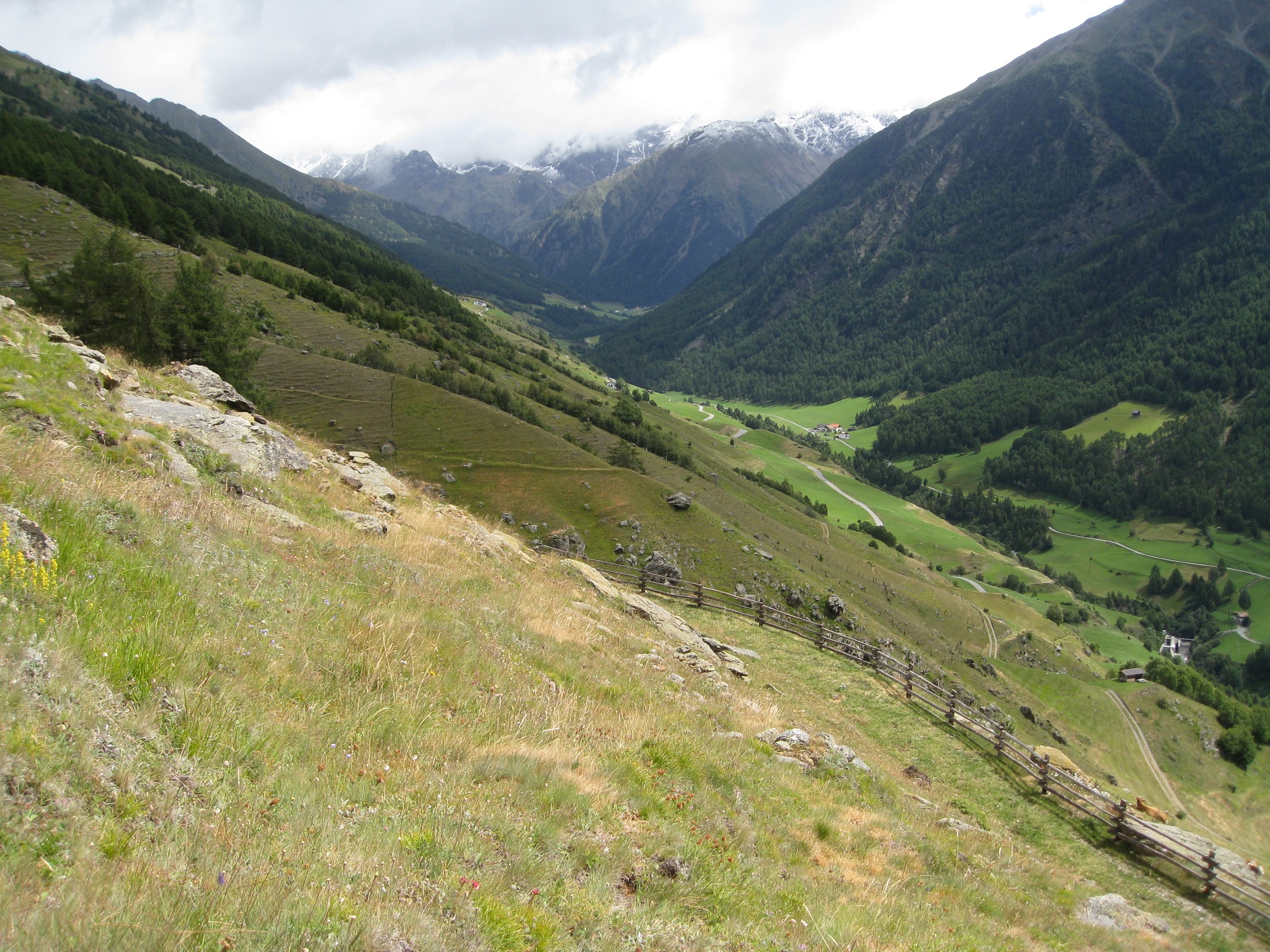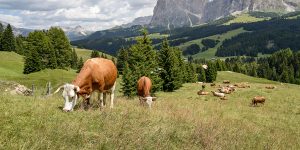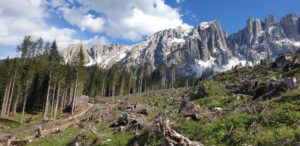Inner alpine dry valleys of the southeastern Alps (Italy, Switzerland, 1-11 June 2023).
Since 2009, when J. Dengler first proposed a new sampling methodology, that has been revised and improved from year to year (detailed in Dengler et al. 2016), field workshops have been an important activity for the European Dry Grassland Group (EDGG).
The multiple scale approach that characterizes the workshop, aims to collect standardized high-quality biodiversity data together with structural data. The approach has already been applied to a series of studies and can be utilized for further research. All data are entered into the EDGG database (Dengler et al. 2018; http://bit.ly/2qKTQt2). The data collected during this Field Workshop will result in a joint scientific publication from all the participants.
Topic and aims of the Field Workshop
As Braun-Blanquet stated in his monograph on the xerothermic vegetation (1961), it is possible to distinguish 13 inner-Alpine xerothermic “islands” from the Durance valley (France) in the Southwest, to Carinthia and Styria (Austria) in the East.
The 17th EDGG Field Workshop will collect data from the moderately dry valleys of the Eisack/Isarco and Adige/Etsch valley, to the Valtellina, Val di Sole and Valcamonica, and the most extreme dry valley system of the Eastern Alps: the Vinschgau/Venosta valley and Val Müstair in Switzerland.
Fauna, flora and vegetation
The average annual precipitation in these climatically extreme valleys is usually between 450 and 700 mm, combined with high solar insolation.
The east-west orientation of the Vinschgau valley and its’ geographic position, result in an annual precipitation of below 500 mm in some localities. Since the end of the last Ice Age this exceptional environment has resulted in the development of a very species rich thermophilic flora, adapted to conditions that are otherwise absent or rarely found in the Alps. Among these species, there are many typical taxa of the steppe-like grasslands of Central and Eastern Europe, isolated from the main distribution range, and thus at the westernmost limit of their range. Some taxa have even formed endemic genetic lineages or subspecies (Kirschner et al. 2020). This diverse steppe-like element is enriched with widespread Central European dry grassland species and some (sub-) Mediterranean species adapted to summer drought.
Nowadays, the biotic communities of dry grasslands are considered to be particularly worthy of protection throughout Europe and are partially protected in the European network Natura 2000. Nevertheless, many valuable areas are still excluded from protected areas and are therefore not subject to adequate protection and management.
Itinerary for the Field Workshop
The EDGG 17th Field Workshop 2023 will take place in the Italian south-eastern Alps, namely in the Autonomous Province of Bolzano/Bozen (Region Trentino-Alto Adige), Valtellina (Region Lombardy) and in the Val Müstair/Münstertal (Switzerland). We will focus on various types of grazed dry meadows and will also visit some semi-dry hay meadows. The Workshop is organized by three local bodies, namely the Institute for Alpine Environment – Eurac Research, the Free University of Bozen-Bolzano and the Museum of Nature South Tyrol.



